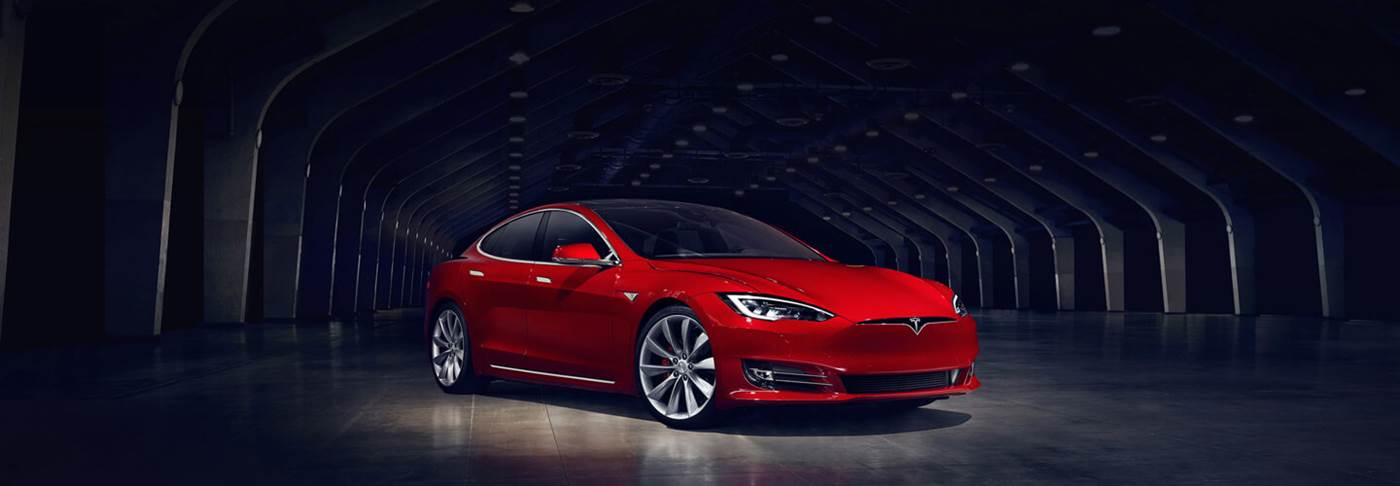The Future of Wireless Charging is Here
Posted on Jul 10th 2017
What does Stanford’s plan for cordless driving of electric cars mean for your electronic devices?
Wireless charging still relies on a device being next to your phone in order to charge, but what if that device was just in
the same room or in the same house/business and didn’t require your phone to be anywhere except where you needed it to be?
That is the future of wireless charging and exactly what Stanford is working on as they perfect cordless charging of electric cars.

STANFORD, Calif. Life on the run unplugged. (LA Times)
That long-sought dream is closer to reality, thanks to a new device developed at Stanford University that wirelessly transmits electricity to moving objects, promising to transform our battery-powered future.
If the technology can be improved boosting its power and extending the distance electricity can be wirelessly transferred it would extend the range of electric vehicles, untether robots and end our constant prowl for electrical outlets.
"You can imagine being able to charge a cellphone or a car without a wire," said Shanhui Fan, a Stanford professor of electrical engineering and senior author of the new research, published in the latest issue of the journal Nature.
"What we have done is a significant step forward in thinking about how to transfer energy to a moving object," he said.
So far, only a tiny 1-milliwatt charge has been sent to a mobile LED light bulb. The bulb's brightness remained constant as the receiver moved three feet away from the source.
This could be handy if there's a wireless charge near your device in a taxi, at a restaurant, on the train or in line at the supermarket. But electric cars can demand tens of kilowatts of power. And they're speeding down roads.
And those technical challenges temper the enthusiasm of some consumers.
"My take on the research: Very exciting, but only relevant to small consumer electronics in the near future," said Palo Alto's Ben Lenail, director of business development at the solar energy company Alta Devices.
"Yes, it could allow users of mobile devices cellphones, connected health devices, fitness and activity trackers, various wearable gadgets to cut the cord completely," said Lenail, who has two Teslas. "But electric vehicles need a huge charge."
Source: LA Times